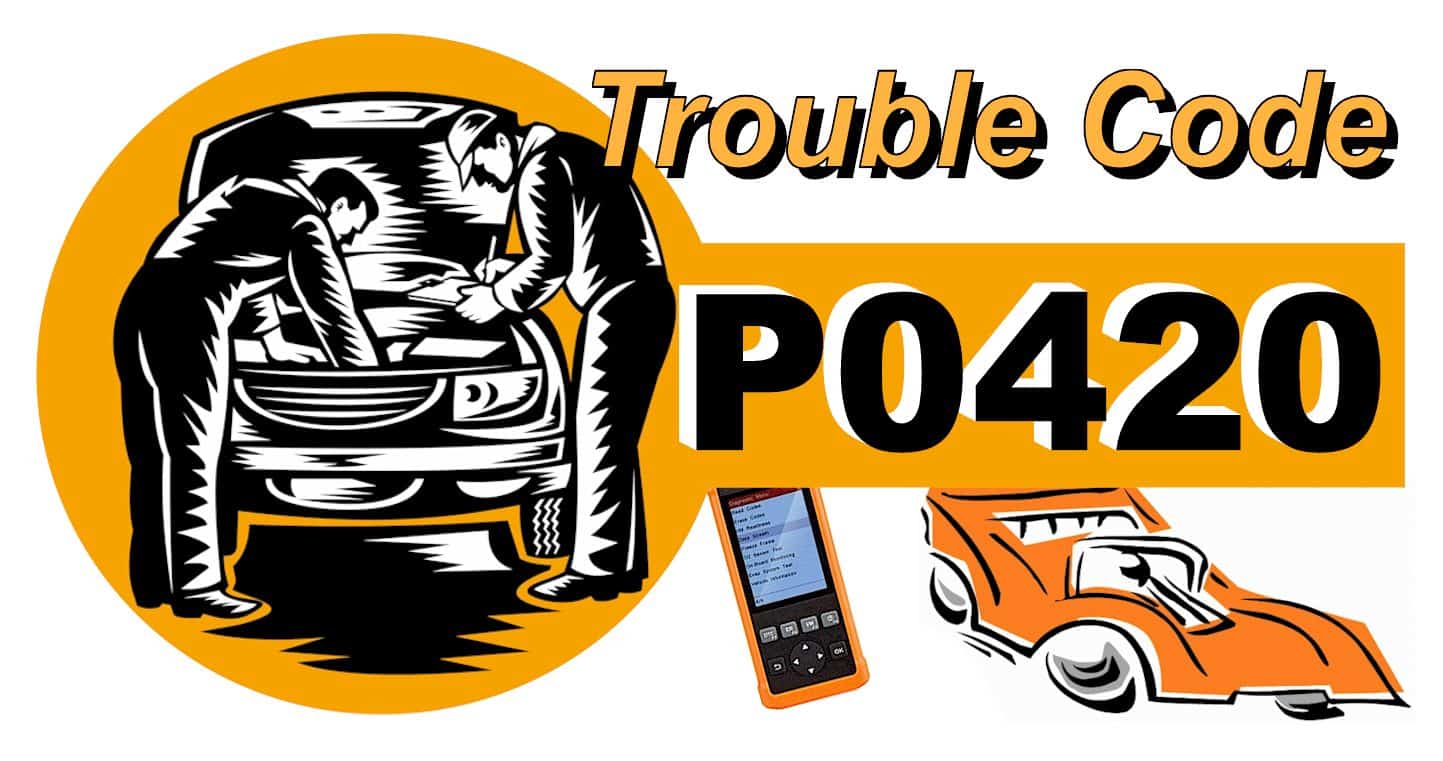Facing problems with your vehicle? The diagnostic trouble code or DTC is a generic code that can be applied to all vehicles produced after 1996. However, tackling the repair process will vary significantly from one model to another. P0420 is one of the most common codes that you can face while working on an engine, so what does it mean? How can you fix it?
What is a Catalytic Converter?
A catalytic converter is part of the exhaust system in your engine. Its job is to reduce emissions from the exhaust. Having the P0420 code means that there’s a problem with your catalytic converter.
This converter isn’t an item that wears regularly or requires regular replacement. If it fails, this means that there’s a problem with the system that caused it to fail and the P0420 code will appear.
There’s an oxygen converter in the front and at the back of the converter. When the vehicle is warm and the engine is running, the oxygen upstream readings should be slightly different and changing; however, the downstream readings shouldn’t change. If the 2 readings are the same, you’re likely to face the code.
This converter is extremely useful because it turns the carbon monoxide into carbon dioxide and water. If you don’t do something about the problem, you’re causing much more pollution than you should every time you’re driving your vehicle. Moreover, your vehicle won’t pass the next time it has to take an emission or smog test.
When you receive the P0420 code it means that your catalytic converter isn’t working efficiently or has completely failed. It might also mean that one or both of your oxygen sensors are damaged.
Another Troubleshooting Code about Catalyst System Efficiency below Threshold
P0430 CODE: Catalyst System Efficiency below Threshold (Bank 2)
What Causes the P0420?
The code means that the catalytic converter or several parts of it stopped working the way they should. This can happen due to a lot of reasons.
- The oxygen sensor or both of them have failed or have been damaged.
- One of the sensors isn’t connected properly so there’s a problem with the wiring.
- The temperature sensor on the engine isn’t working properly.
- There’s a damaged or leaking pipe in the exhaust system that is affecting its performance as a whole.
- There are several holes or leaks in the exhaust system of your engine.
- The oil inside the engine is contaminated or not clean.
- You used leaded fuel instead of unleaded fuel as recommended for your vehicle.
- The catalytic converter isn’t clean.
How Can I Fix the Problem?
Lots of people hurry whenever they face this code to replace the oxygen sensors. This could solve the problem, only if the problem was in the sensors in the first place.
Read Next: dummy o2 sensor
The code could be related to the catalytic converter itself. This means that you should spend time to examine different parts of the converter and the exhaust system so you don’t end up spending money on replacement parts while the problem still persists.
Fixing this problem might be easier if you follow a few steps. Here are some quick solutions that will help solve the problem.
- Check every part of the exhaust system. Pay attention to all the connections and pipes. If you find any holes or cracks, replace them or fix them as needed to make sure that the system is working efficiently.
- Use a cleaning agent to clean the catalytic converter. The problem might be related to the presence of buildup in the converter that affects its performance thus increasing the emissions from your engine.
- Use a special scope to examine the performance of the oxygen sensors. The front one should have a fluctuating waveform while the one at the back should be steady. If you detect that there’s a problem with the sensor, you’ll have to use a special tool to have it replaced.
- If all fails, then you probably need to replace the catalytic converter as a whole.
Before you order a new catalytic converter, you should make sure that you’ve tried all the other options so you don’t end up spending unnecessary money while the problem might persist if it’s related to other parts of the exhaust system. Always use a trusted manufacturer brand unit because a flimsy part will affect the overall performance of your vehicle. Moreover, you might end up replacing it again after a short time.
Related: gut a catalytic converter
If you have a new car, you might want to check the warranty as most manufacturers will give a warranty on emission system parts. If not, you can still find a high-quality replacement part that might cost less. Examining the piece is essential to make sure that the code doesn’t appear a short period after you’ve had your part replaced.
James is a certified auto technician specializing in commercial vehicles. With 30 years of experience under his belt, James has encountered almost every type of automotive issue there is! Besides his day job at the repair shop, he is also an amateur race car driver.
